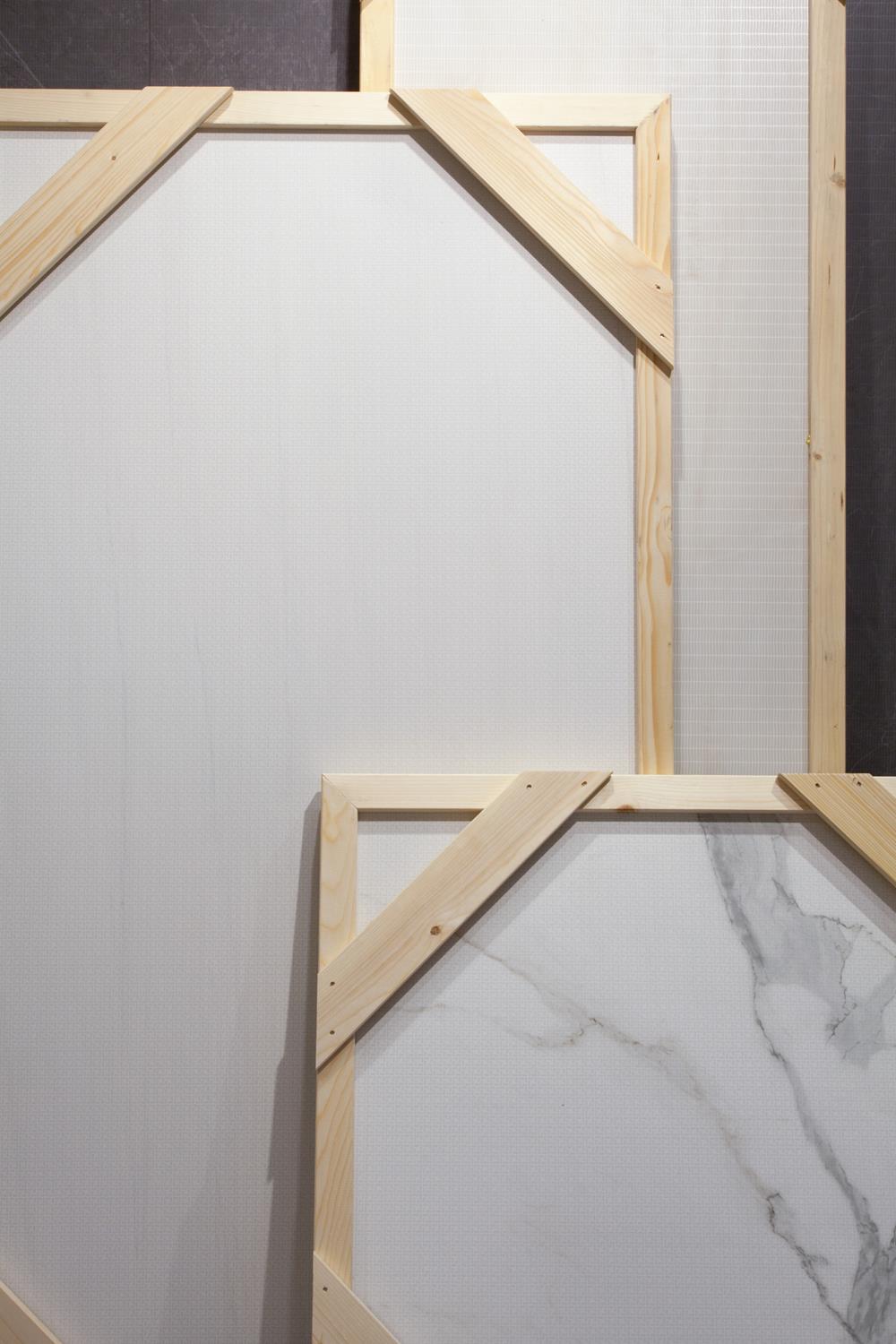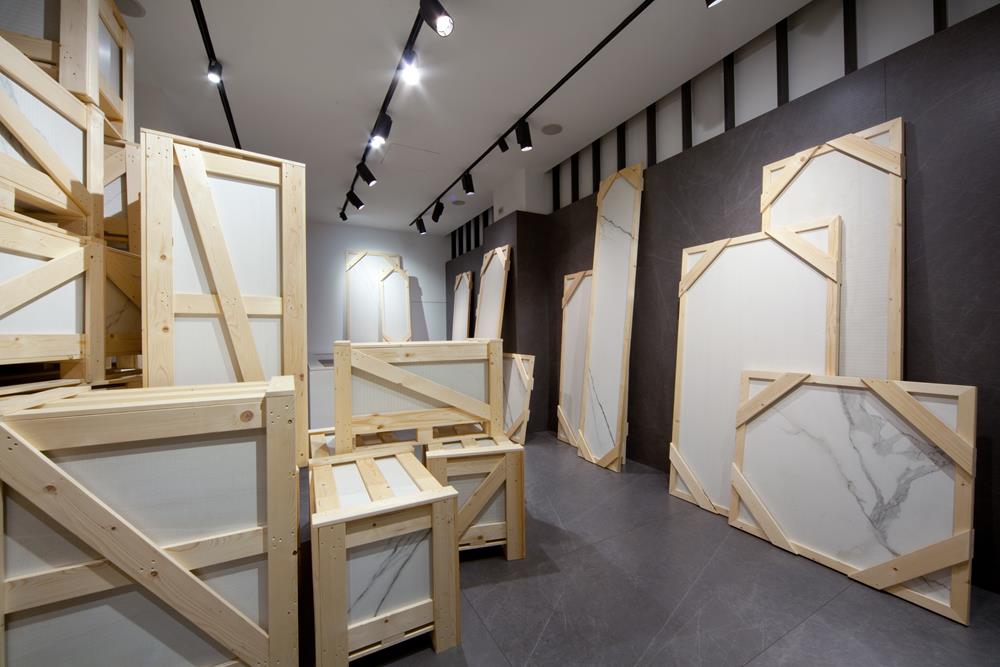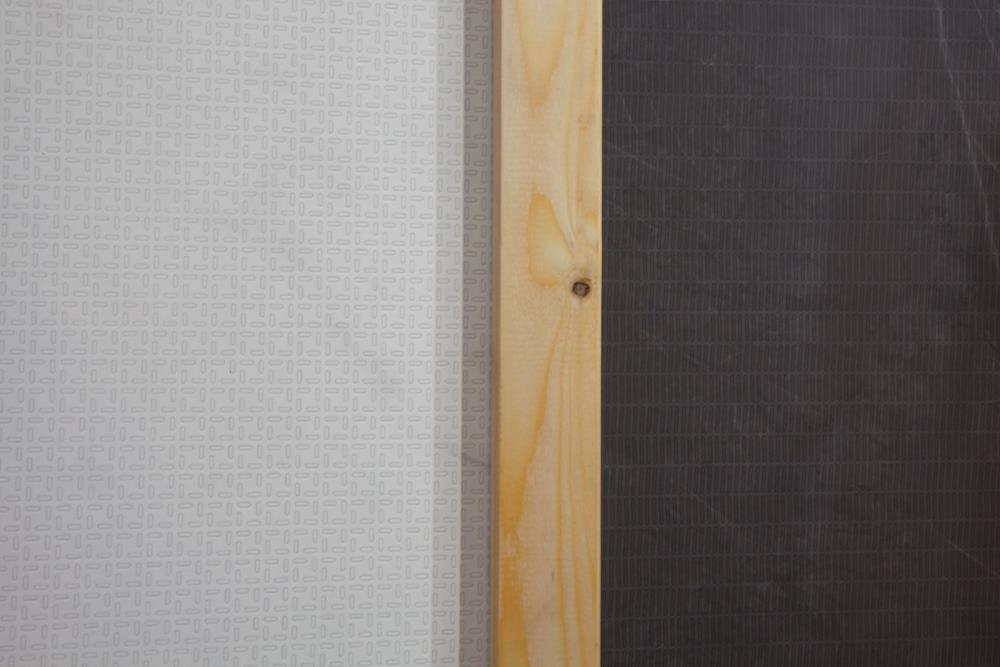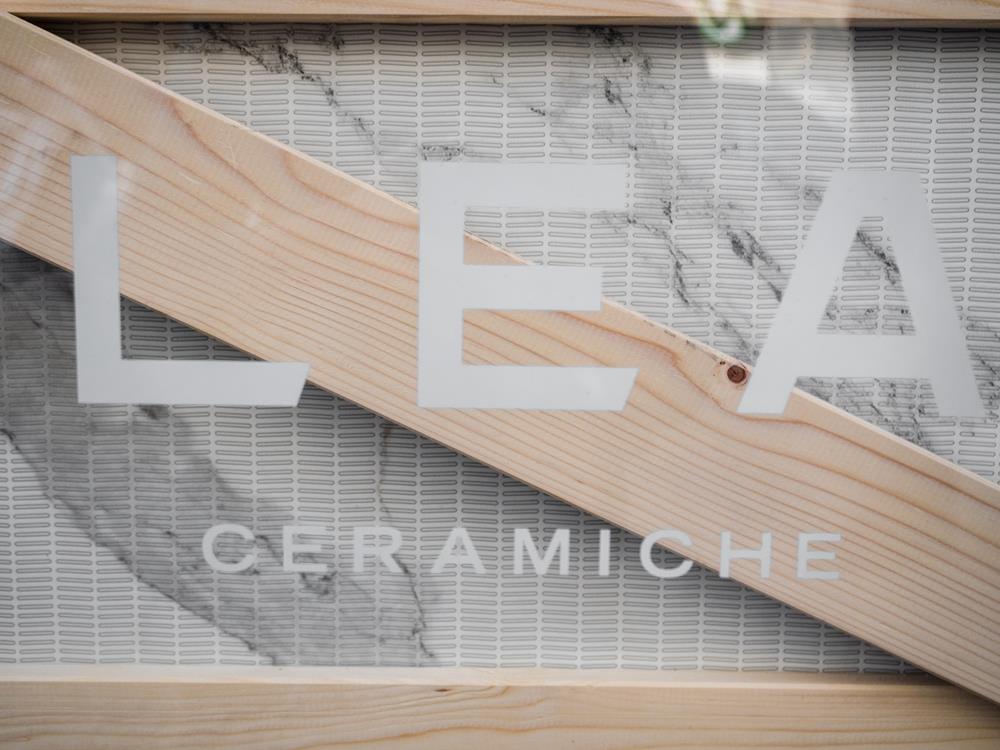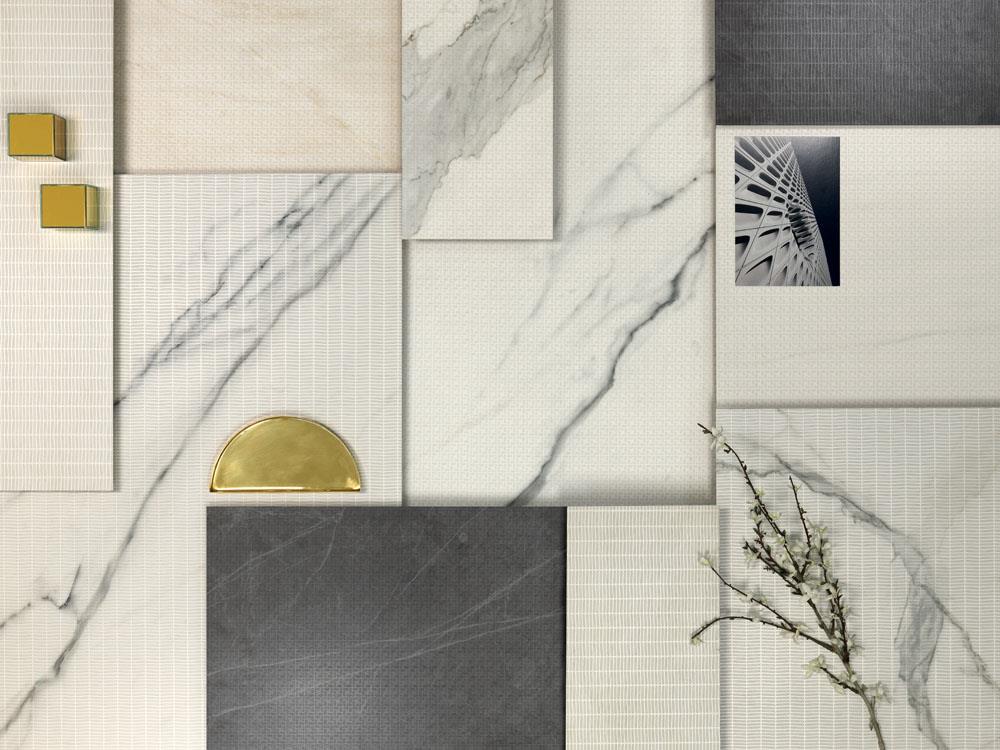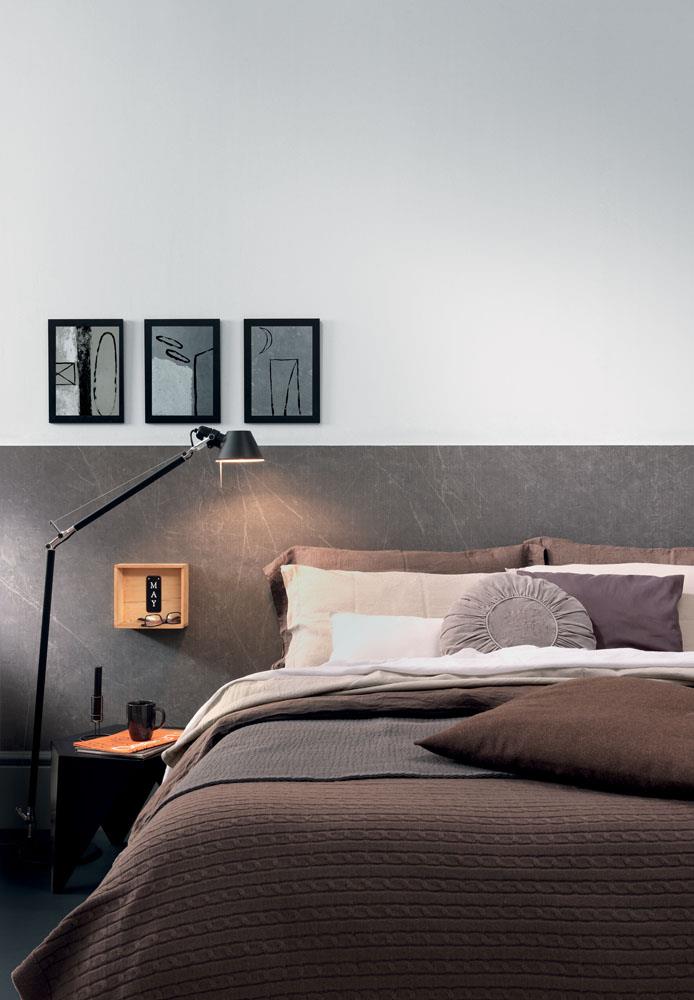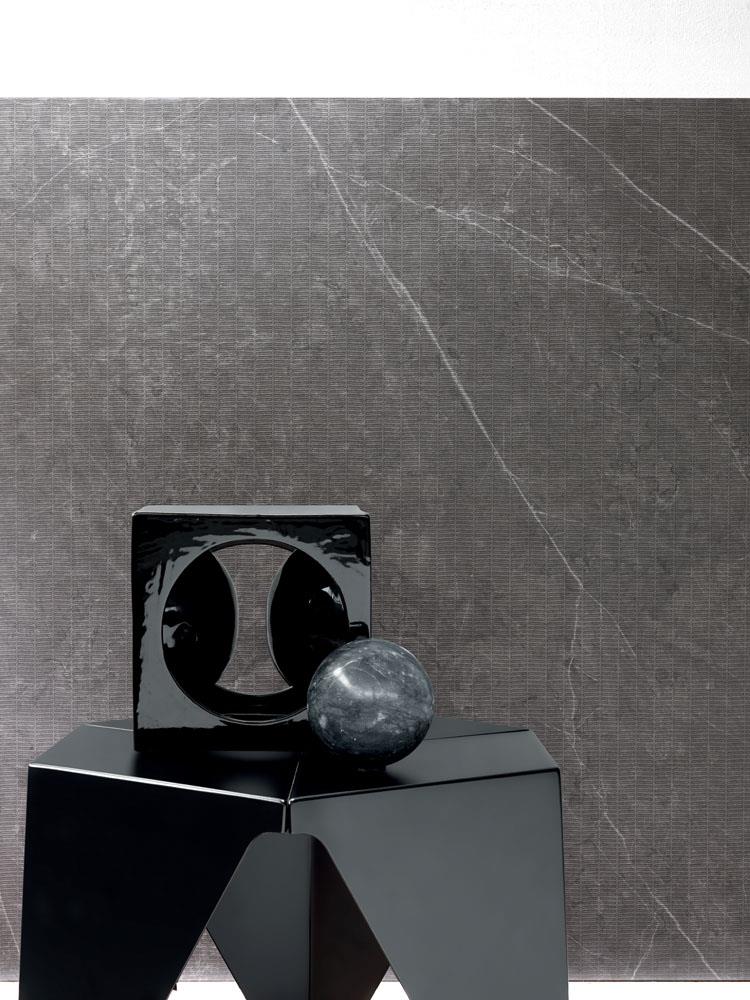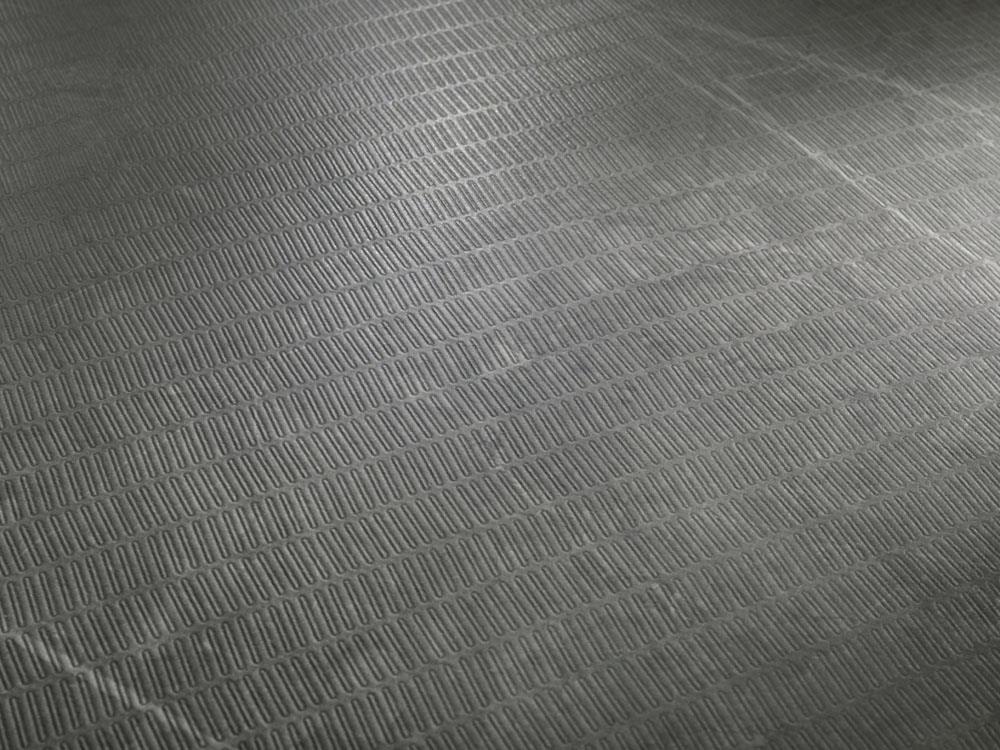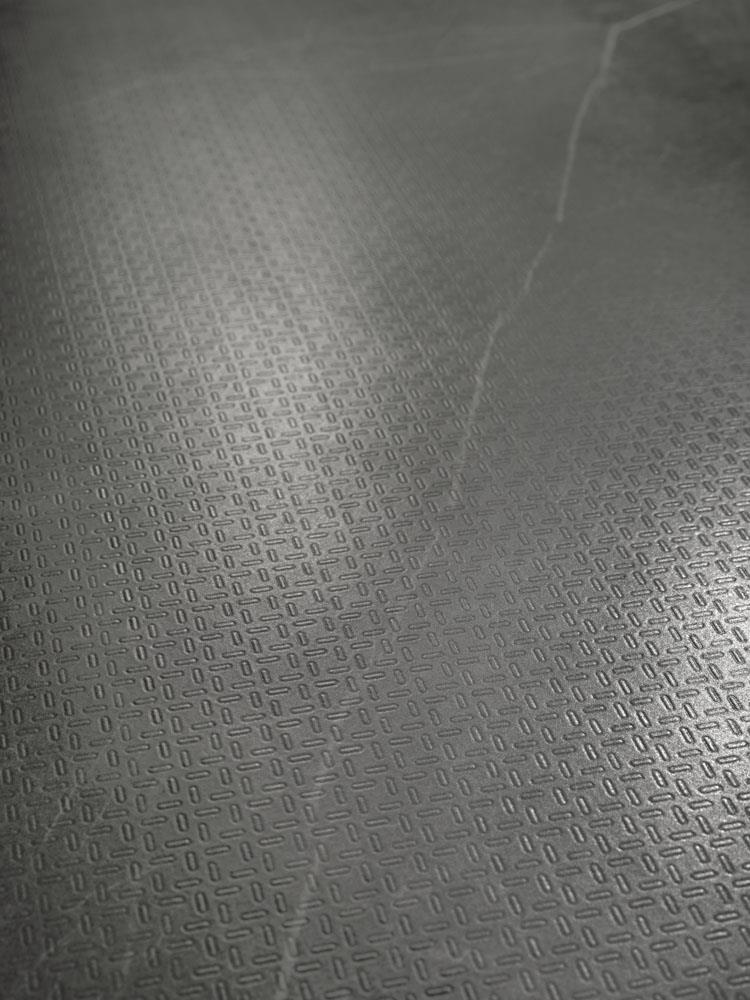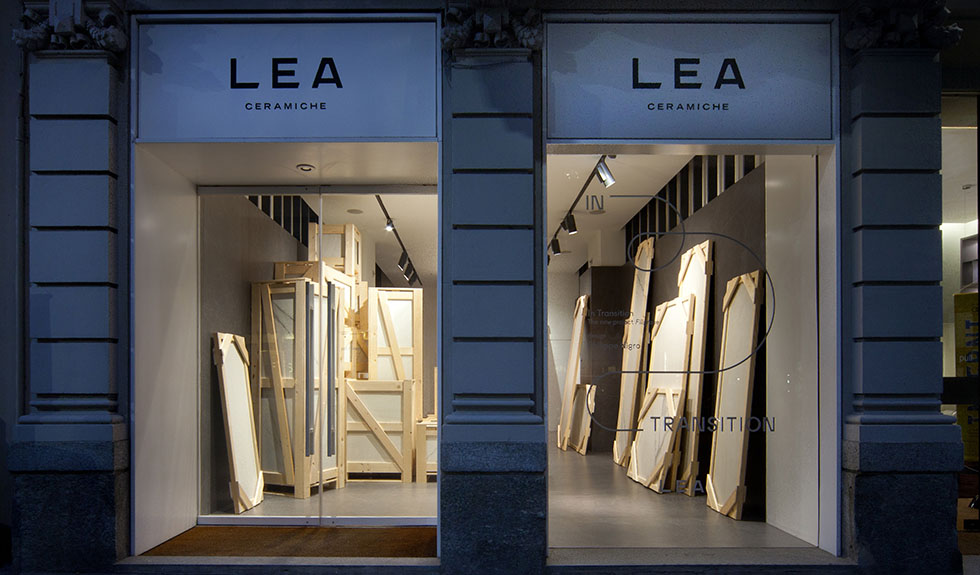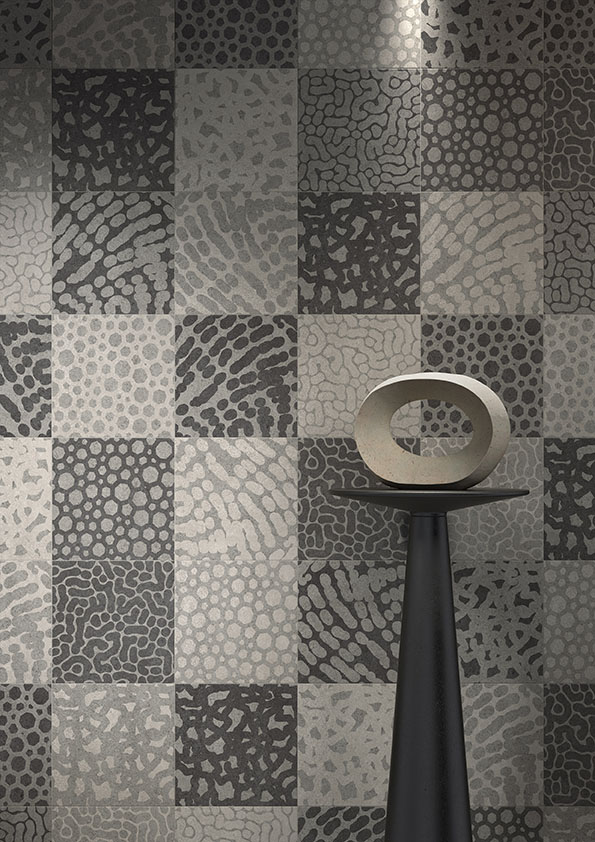Philippe Nigro

For Lea Ceramiche creativity is the daily tool that opens new ways to production of porcelain stonewear. From this premise comes the new collaboration with Philippe Nigro, a French designer who works in both France and Italy. The union of the two respective cultures has led Philippe to study and experimentation and lends a design and inspirational personality to his work.
Read below an interview on his project Filigrane for Lea Ceramiche
The Italian word filigrane [watermarks, filigree] makes us think of the patient, precise work of goldsmithing or the complexity of the transparent patterns that were once incorporated into paper, and are still included in banknotes to guarantee their authenticity and safeguard against counterfeiting. How does that word filigrane relate to your project?
I wanted to go beyond the concept of imitation and try to give it a different definition. So quite openly, I have been playing with ideas that are associated with what is fake, but freeing that word from any negative connotations it might have. This material is not fake; it’s much more than that. Its geometric and natural texture can be interpreted in two different ways, which is only possible precisely because it’s ceramic and not natural stone. The technical capabilities of this “fake” material – for example its large sizes, its strength, its weight, its minimal thickness – are all impossible to obtain with marble, and are the justification of a new real.
Art is not only interested in imitation, the double, the original and the copy; it has always also worked with the relationships and the crosstalk between the natural and the artificial. And the same arguments have also influenced the history of design. Have they been influential on your own approach to your work?
I went back through history to look again at mimetic art and at what was happening with trompe-l’oeil during the Renaissance or in the 19th century. Then I came back up to the 1930s and 1940s when, for example, patterns were used to simulate marble for decorating the hallways and staircases of buildings. I wanted to get right to the bottom of this concept of illusion, and take it to an extreme. I also wanted to raise questions about a material that is beautiful. I enjoyed the process, but I’ll leave the interpretations to the individual sensibilities of others.
You also evoke the same opposition in your “In Transition” display installation. Is it a provocation? Or is it a way of helping people to understand Filigrane?
In a faintly ironic way, my concept for the display brings to completion the marblenot- marble circular sequence. The different types of stone are all fake, and they are also all innovative. Displaying them in protective wooden frames, and using the paper that’s normally used for packaging marble, gives the impression of marble blocks and slabs when they are stored in a quarry or a warehouse. But whilst the marble blocks and slabs would be waiting to be processed, Filigrane is waiting to be found out for what it really is.
